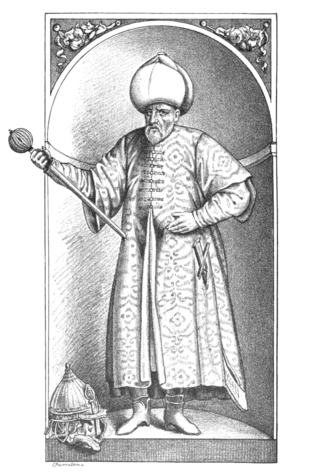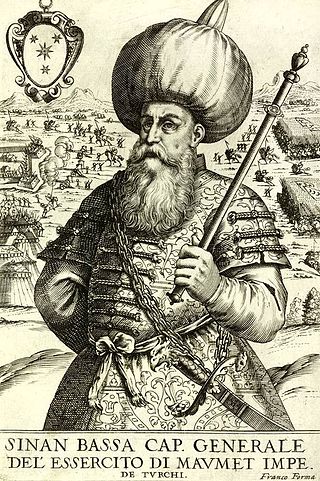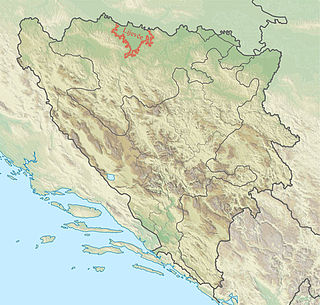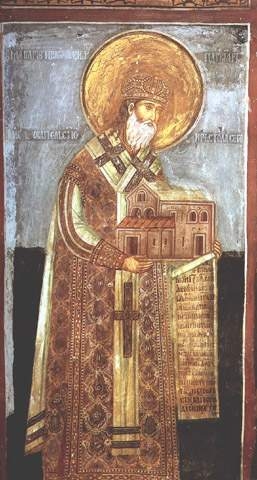
Sokollu Mehmed Pasha was an Ottoman statesman of Serbian origin most notable for being the Grand Vizier of the Ottoman Empire. Born in Ottoman Herzegovina into an Orthodox Christian family, Mehmed was forcibly recruited as a young boy as part of so called "blood tax" to serve as a janissary to the Ottoman devşirme system of recruiting Christian boys to be raised as officers or administrators for the state. He rose through the ranks of the Ottoman imperial system, eventually holding positions as commander of the imperial guard (1543–1546), High Admiral of the Fleet (1546–1551), Governor-General of Rumelia (1551–1555), Third Vizier (1555–1561), Second Vizier (1561–1565), and as Grand Vizier under three sultans: Suleiman the Magnificent, Selim II, and Murad III. He was assassinated in 1579, ending his near 15-years of service to several Sultans, as sole legal representative in the administration of state affairs.

Koca Sinan Pasha was an Albanian-born Ottoman Grand Vizier, military figure, and statesman. From 1580 until his death he served five times as Grand Vizier.

Ferhad Pasha Sokolović was an Ottoman general and statesman from Bosnia. He was the last sanjak-bey of Bosnia and first beylerbey of Bosnia.

Zaganos or Zagan Pasha was an Albanian Ottoman military commander, with the titles and ranks of kapudan pasha and the highest military rank, grand vizier, during the reign of Sultan Mehmed II "the Conqueror". Originally a Christian, who was conscripted and converted through the devşirme system, he became a Muslim and rose through the ranks of the janissaries. He became one of the prominent military commanders of Mehmed II and a lala – the sultan's advisor, mentor, tutor, councillor, protector, all at once. He removed his rival, the previous Grand Vizier Çandarlı Halil Pasha the Younger, amid the fall of Constantinople. He later served as the governor of Thessaly of Macedonia.
Mustafa Pasha Bushatli, called Ishkodrali, was a semi-independent Albanian Ottoman statesman, the last hereditary governor of the Pashalik of Scutari. In 1810 he succeeded Ibrahim Bushati and ruled Scutari until 1831.

The House of Kosača, somewhere Kosačić, was a Bosnian medieval noble family which ruled over parts of modern-day Bosnia and Herzegovina, Croatia, Montenegro, and Serbia between the 14th century and the 15th century. The land they controlled was known as Humska zemlja, roughly corresponding to modern region of Herzegovina, which itself was derived from the title "Herzog", which Stjepan Vukčić Kosača adopted in 1448., with latin title "Dux Sancti Sabbae". Besides Hum, they ruled parts of Dalmatia and Rascia. They were vassals to several states, including the Kingdom of Bosnia and Ottoman Empire. Historians think the Kosača family is part of the Kőszegi family, but there is a lack of evidence for this claim.
The religious confession of the Kosača family is uncertain. They were in contact with the Eastern Orthodox Church, the Church of Bosnia, the Roman Catholic Church and Islam. During the fall of the Bosnian Kingdom, the "Kosače" split into three branches: Venetian, Dalmatian and Ottoman. From then onward, these branches became accepting of the Roman Catholic faith, in the first two cases, and of Islam in the third.

The Sanjak of Herzegovina was an Ottoman administrative unit established in 1470. The seat was in Foča until 1572 when it was moved to Taşlıca (Pljevlja). The sanjak was initially part of the Eyalet of Rumelia but was administrated into the Eyalet of Bosnia following its establishment in 1580.
Sinan-paša Sijerčić was an Ottoman Pasha (general) from the Bosnia Eyalet, who governed the area of Goražde and its surroundings, and also Pljevlja as mütesellim. He died while commanding the Ottoman Army in the Battle of Mišar against Serbian revolutionaries in mid-August 1806, being slain by Luka Lazarević. He descended from a Bosnian Serb family, the Šijernić. He helped reconstruct the Serbian Orthodox Herzog's Church in Goražde, where his grandfather Radoslav had been buried.

Lijevče, also the Lijevče field, is a small geographical region in northern Bosnia and Herzegovina; a plain situated between the rivers Sava and Vrbas, and Mount Kozara. It includes settlements part of Gradiška, Srbac and Laktaši, in the Banja Luka region of the Republika Srpska entity. It is part of the wider Bosanska Krajina historical region.

The following outline is provided as an overview of and topical guide to the Ottoman Empire:
Derviş Mehmed Pasha, an Ottoman Bosnian statesman, served briefly as the Grand Vizier of the Ottoman Empire between 21 June 1606 and 9 December 1606.

Hadji Mustafa Pasha was an Ottoman commander and politician of Greek Muslim origin who lived in Sanjak of Smederevo. He fought in the Austro-Turkish War (1787–1791) and the Russo-Turkish War (1768–1774). In the period between 1793 and 1801 he was Vizier of the Sanjak of Smederevo. On 15 December 1801 he was murdered by Kuchuk Alija, one of four rebel Janissary leaders (dahije) who took control over the sanjak.
The siege of Shkodra of 1474 was an Ottoman attack upon Venetian-controlled Shkodra in Albania Veneta during the First Ottoman-Venetian War (1463–79). It is not to be confused with the siege of Shkodra of 1478–79.

Kučuk-Alija was a Janissary, mutesellim of Kragujevac and one of four Dahiyas who controlled the Sanjak of Smederevo in the period between 15 December 1801 and the beginning of the First Serbian Uprising in Spring 1804. He was a brother of Sali Aga, a mutesellim of Rudnik Ottoman nahiyah at the beginning of 19th century.
The Sanjak of Kruševac or the Sanjak of Alacahisar was one of the sanjaks in the Ottoman Empire with Alacahisar as its administrative centre. Its Turkish name, Alacahisar, means colorful fortress.

Ober-knez was a title borne by elected local native Serbian chiefs (Knyaz) of the nahiyah in the Sanjak of Smederevo within the Ottoman Empire. The ober-knez was the senior chief and responsible for his district's people and was their spokesman (intermediary) in direct relations with the Pasha, though usually through the sipahi, and was in charge of the transfer of taxes levied on the villages. The vojvoda and ober-knez titles were given to people approved by the Pasha. The title was hereditary, being succeeded by one's son. The ober-knez, as a senior, had several knezes under him, who held sub-districts or one village each.

The Dahije or Dahijas were the renegade Janissary officers who took power in the Sanjak of Smederevo, after murdering the Vizier Hadži Mustafa Pasha of Belgrade on 15 December 1801. The four supreme dahije leaders were Kučuk Alija, Aganlija, Mula Jusuf and Mehmed-aga Fočić. Rebels against the Ottoman sultan, they were defeated by the Serbs in the initial phase of the First Serbian Uprising, which is also called "Uprising against the Dahije".
Yeğen Osman Pasha or Yeğen Osman Aga was 17th-century Ottoman military officer of Armenian origin. After being commander of sekban units in Anatolia, he was appointed first to position of sanjakbey and serçeşme of the Sanjak of Karahisar-i Sahib. In 1687 for a couple of months he was also the beylerbey of Rumelia Eyalet, which was the highest position he held.
Süleyman Pasha was the Albanian Ottoman sanjak-bey of Scutari, a Vizier and a member of the House of Bushati.

Ottoman Serbs were ethnic Serbs who lived in the Ottoman Empire (1453–1922). Ottoman Serbs, who were Serbian Orthodox Christian, belonged to the Rum Millet. Although a separate Serbian millet was not officially recognized during Ottoman rule, the Serbian Church was the legally confirmed representative organization of the Serbs in the Ottoman Empire.



















